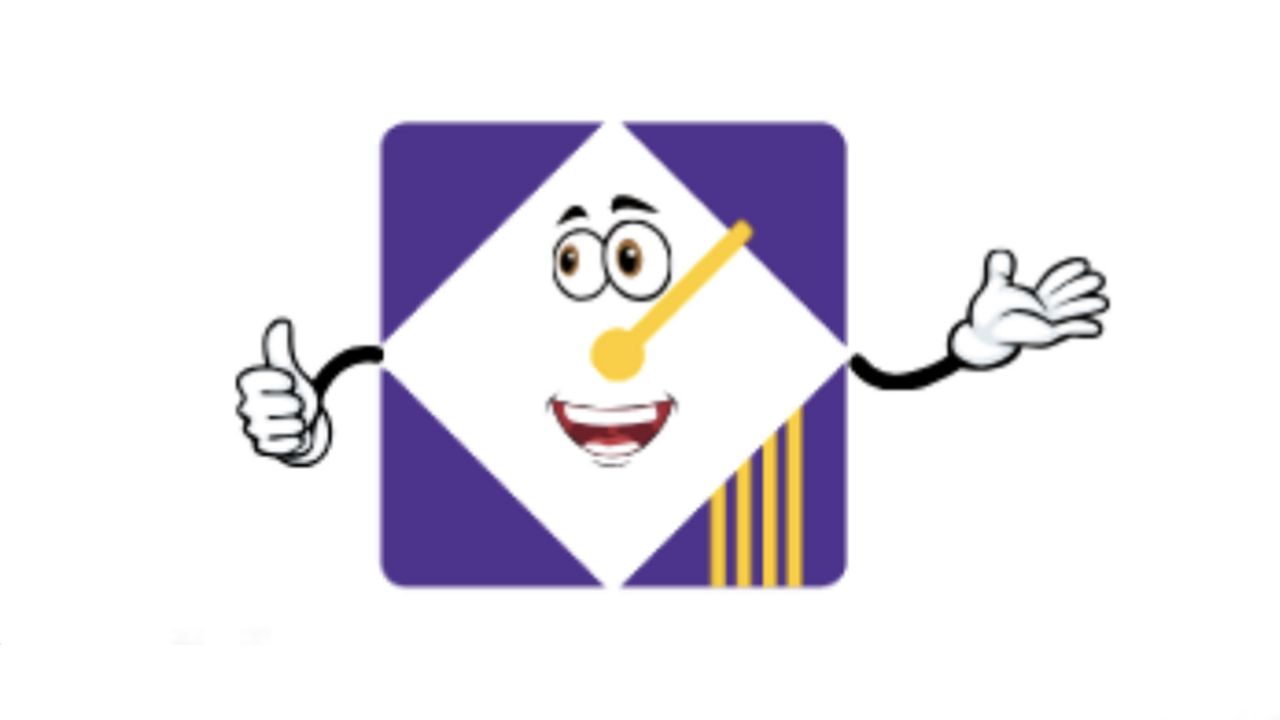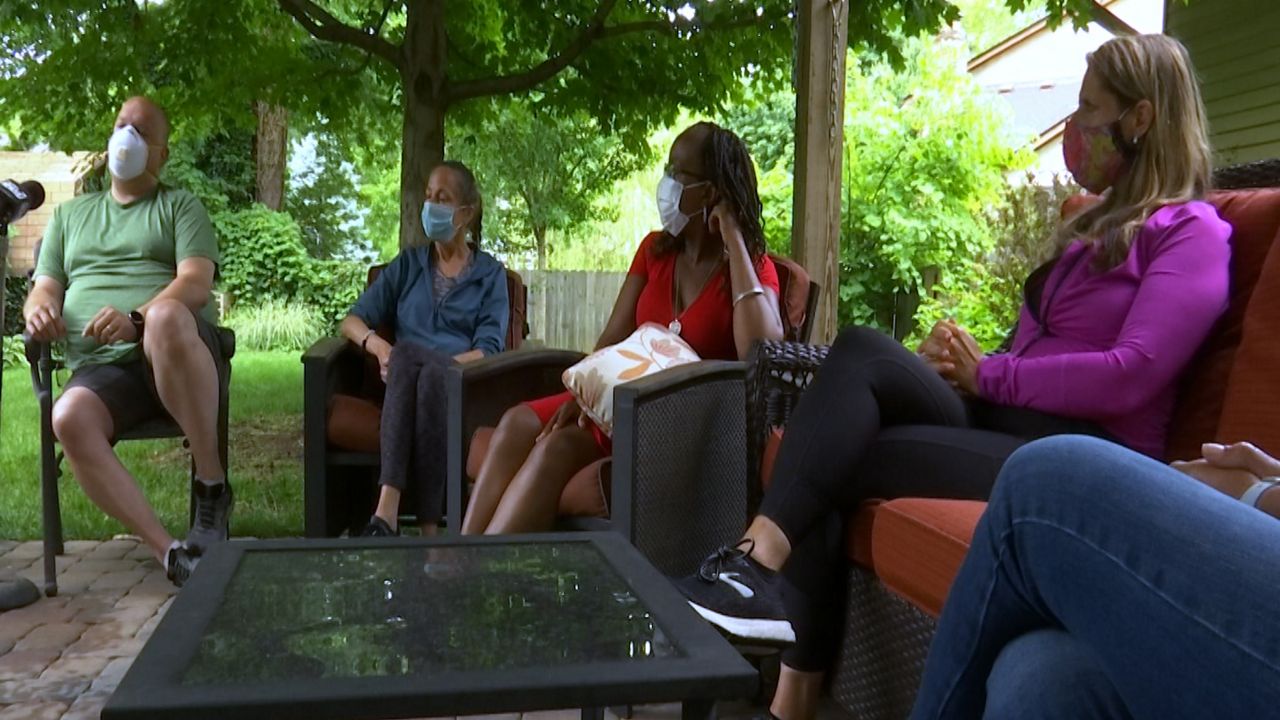OHIO ― As school districts across the state wait for word from the governor and the health department on guidelines for the start of the year, Ohio’s largest school districts are counting up the costs for them and the families they serve as they try to figure out what the next school year could look like.
Although many districts in Ohio are behind the eight ball on planning for next school year, they already know that whether they come back to school in the fall or remain remote, it’s going to cost a lot in time, additional staff, space, technology, and money. It's money they never envisioned spending.
What You Need To Know
- $3-4 million may be spent on hand sanitizer alone
- A task force put together a compacted curriculum based on Ohio standards for districts to use to help kids get caught up, but its use is optional
- Superintendents are concerned that Ohio may lose a generation of kids when it comes to reading proficiency if something is not done now
As decisions on CARES Act funding for schools hang in the balance, schools strapped for cash expect to spend more money this upcoming school year.
“We're looking at between three and four million a year just for hand sanitizer,” said David James, Superintendent of Akron Public Schools.
For districts like Akron, bringing kids back to school using social distancing guidelines doesn’t just mean gallons of hand sanitizer per kid. It also means giving 20,400 students multiple cloth or disposable masks that would have to be changed throughout the day.
“I, you know, disposable mass per kid, that's about 102,000 per week. When we look at a whole school year, you know, we're talking about maybe upwards of $2 million per year,” said James.
When it comes to transportation the superintendent said, they’ll have to cut the number of kids that could ride the bus in half. That means they wouldn’t have enough buses to take kids to and from school; And when they get to school, only 11 kids could be in class.
“That means we could not have all of our elementary kids in school. We probably could start with grades kindergarten, first, second, maybe third, but we'll run out of space quickly,“ he said.
Another cost is staff on buses needed to take temperatures before kids arrive at school and then more advanced temperature readers at high schools that can cost $15,000 per machine.
For learning, it’s expected that kids will be behind, so all districts are looking at ways to address that. To erase the equity gap, districts like Cleveland Metropolitan have partnered with a non-profit to provide internet access for $16 per month.
“While we provide the hotspot access who will work to transition those 9000 families off of the hotspots onto a permanent internet that they can keep it a low cost in the future,” said Eric Gordon, CEO, Cleveland Metropolitan School District and Ohio 8 co-chair.
Contuing efforts to close the gap, Dr. Elizabeth Lolli, with Dayton Public Schools, has been working with a task force on a compacted standard curriculum for math and english language arts that all districts could use to help students get caught up and on the same level playing field.
“We suggested that it be mandated curriculum at least for one year so that everyone across the state would have that opportunity to close the gap. We feel that this needs to be something that is out there for everyone to actually use and be expected to use and the best thing is to follow this modified curriculum as opposed to trying to test everything,” she said.
Dr. Lolli says without the standard curriculum, the learning gap will increase.
With so many moving parts and dollars adding up, Toledo Public Schools Superintendent Kevin Dalton said, “I think we got to find out where we left them off at a quarter ago with that last third quarter of school, get them to where they need to be, potentially use the compact of curriculum that was created by our folks, and then get that move forward and then looking to the years ahead of us, you know, figuring out what the benchmarks are and getting those standards met to move forward.”
As districts try to work through all of the possible changes for the upcoming school, they know it’s going to cost everyone.
Still, they are hoping guidance from the governor and the health department will come sooner than later, so that they can address issues and find workable solutions that benefit all.
School districts will have to strike a balance between complying with state requirements and the demand to have kids come back to school. Ultimately, during conversations with the governor, it's been made clear that districts will have to take a varying approach. Regardless, the sooner they can hear from the state on guidance, the sooner they can move forward.









